I spent 25 wonderful days in France & Spain visiting regions such as: Burgundy, Loire, Paris, and Cataluna during the month of March. Some of the many highlights were:
Burgundy: Always A Highlight
The 2001 Côte de Nuits reds are excellent. This is a terroir-driven vintage, which I find exciting. If I had to generalize at this point, I’d characterize the vintage as a very good one, perhaps somewhat similar to the ’93s, showing great precision with lots of lift and brightness. Although it is not a super-ripe vintage, the fruit is intense. There’s a nice balance to the mouth feel and the specific terroirs sing out brilliantly. Some wines drink well early, but most should be medium-term drinkers (five to eight years). We are especially looking forward to carrying the wines of Confuron-Coteditot, a new producer for us from Vosne-Romanée. His wines are very stylish, clean, and delicious, with the village wines from Chambolle, Gevrey, and Vosne-Romanée drinking very well young. His premier crus are going to be more stunning with a little time.
A good place for lunch in Gevrey is Aux Vendange de Bourgogne, which serves traditional French Burgundian food and has a wonderful wine list from Gevrey (of all places!). It’s not that expensive, either. My favorite place to eat is Ma Cuisine in Beaune – it has a super wine list that is unbelievably affordable and wonderful country-rustic food.
Rhône: The wines in the northern Rhône were in fine form, as was the food at Le Chaudron in Tournon. The trip continued into the southern Rhône and then west to Languedoc. Our stops at Château la Canorgue and Domaine de l’Hortus were heartwarming – good people, good wines, good food.
Cataluña (Spain)
A two-day detour into Spain was highlighted by a meal at the Michelin two-star Cellar de Can Roca in Girona. The meal began with the sommelier wheeling out three carts the size of painting easels – one each for red, white, and Champagne/rosé wine lists. Needless to say, the choices were superb and varied, as was the food. It featured clams, baby fava beans, skate wings with fennel, salt cod with truffles, goat, and many desserts.
Loire
Then we were back to work and into the Loire, which showed off its wonderful 2002 vintage. It’s a very generously flavored vintage with a nice acidity to push those ripe flavors. 2002 is solid and four-square – no arguments here.
Paris
The trip ended where it began, in Paris. The meal at Au Bascou in the 3rd arrondissement was exemplary. While the wine list is not inspiring, the food is. I remember a wonderful smoked tuna in puff pastry appetizer and great main courses that featured goose and milk-fed baby lamb. I can’t imagine how one could ever get a bad meal here.
Burgundy Watch
In our November 2002 newsletter, we described the consummate pleasure of drinking red and white Burgundy – and warned you that enjoying this pleasure requires choosing carefully among the many producers, appellations, vineyards, and vintages. We’ve been tasting a lot of Burgundies lately – especially from older vintages going back to 1995 – and we’ll use this “Burgundy Watch” corner of our newsletter to call your attention to wines that we think are drinking particularly well right now.
Red Burgundies
1996 Jacky Truchot Gevrey-Chambertin ‘Aux Combottes’ ($50): Here’s aged, premier cru Gevrey in its prime: lots of secondary aromas and flavors reminiscent of autumnal things – drying leaves, mushrooms, game, spices – and still plenty of fruit and acidity.
2000 Albert Morot Beaune ‘Cent Vignes’ ($36): This is a young wine that’s drinking well now, with Morot’s typically graceful muscularity and Beaune premier cru elegance. This wine is a great introduction to red Burgundy, as well as a worthy mid-range bottle for Burgundy lovers.
White Burgundies
1997 Denis Pomier Chablis ‘Côte de Léchet’ ($25): Premier cru Chablis can be a charming thing when it’s young – a bracingly tart, stony, lemony palate awakener. But it turns into something else again with some bottle age, as this bottle shows: deeper, more complex, still vivid, but now more suave. This wine takes 45 minutes or so to fully open up after you’ve pulled the cork, but if you have the patience, you’ll be rewarded with a lovely glass of aged Chablis for not a lot of money.
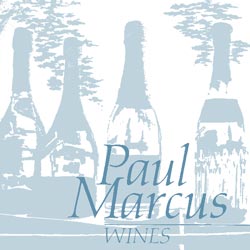
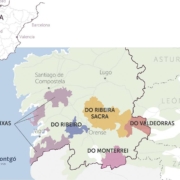
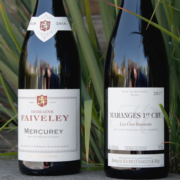
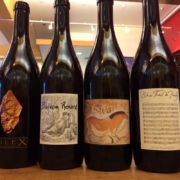
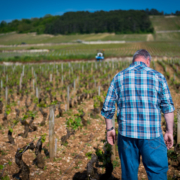
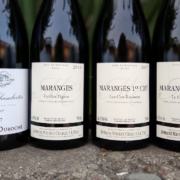
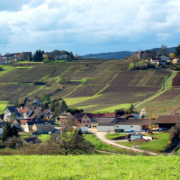
Leave a Reply
Want to join the discussion?Feel free to contribute!